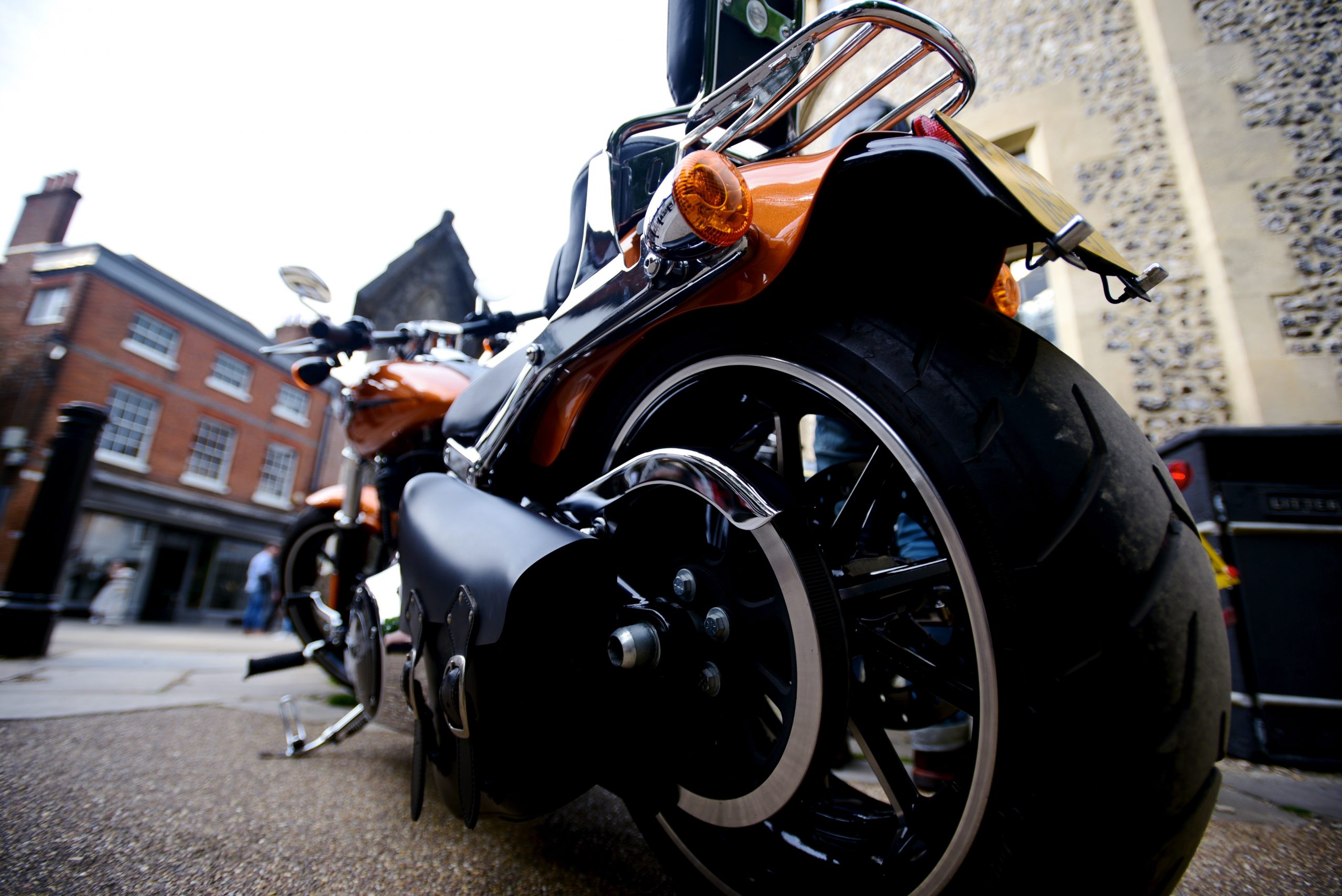What can you say about motorcycle tyres and safety that hasn’t already been said? Yes, they are the one thing that’s keeping you safe and secure on the road. As the cliche goes, the average motorcycle tyres touch the road using two small patches of rubber that can quite literally mean the difference between you getting home safely and getting a tour of the inside of an ambulance. But exactly how much do you know about when tyres should be replaced?
Sure, if you run out of tread as indicated by the wear markers on most tyres, it’s time to go shopping. But there’s also a myriad of other less obvious situations and signs that your tyres might need replacing, which can be genuinely confusing. And that’s coming from a guy who’s been riding for two decades. So I asked my ‘mate in the motorcycle tyre industry’ (who wishes to remain anonymous) to dish the dirt on all his little insider tips, and boy did he deliver. Here they are.
1. Punctures
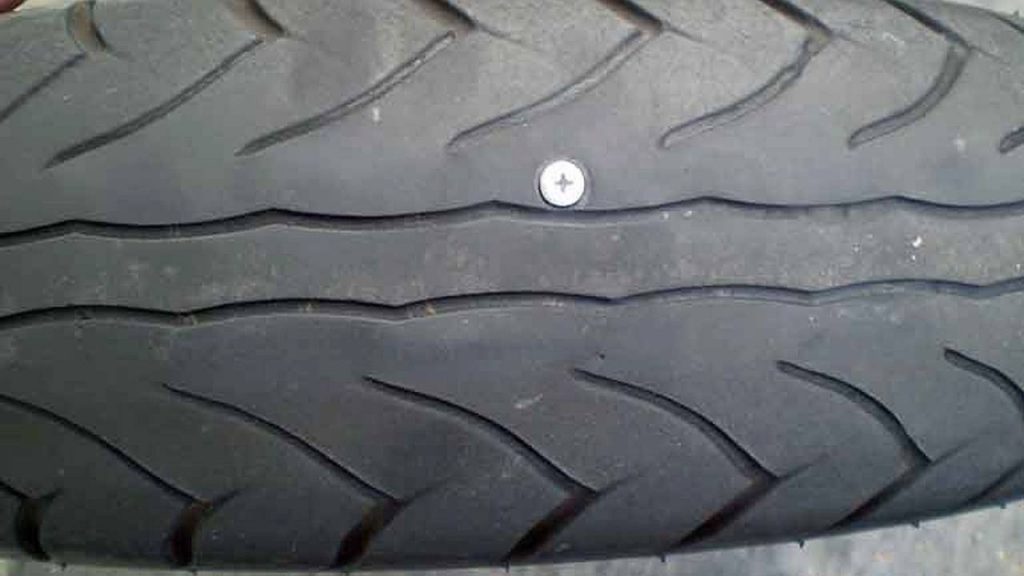
The most common of tyre boo-boos, a puncture is a super annoying form of tyre damage that almost always appears at the most inconvenient of times and with little warning. And if, like me, you are rocking a bike with an inner tube, there are zero options for dealing with a puncture once you’re out on the road, apart from an expensive tow or a serious imposition on a mate with a van (who you’ll then owe a whole lot of free drinks to).
But assuming that you are riding tubeless, you should always be carrying a puncture repair kit somewhere on your bike. So you plug the hole and limp home. What then?
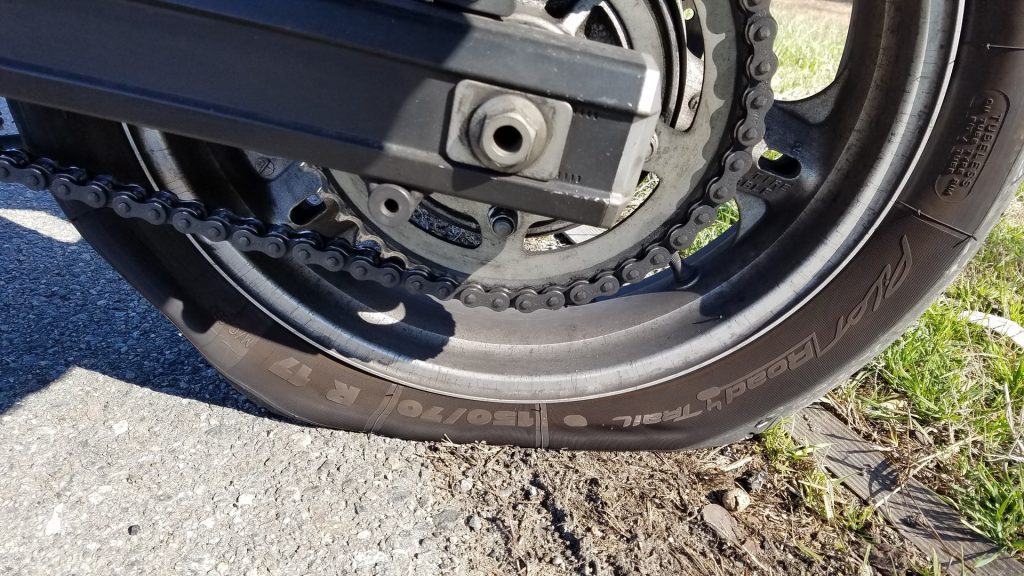
Put simply, holes bigger than 5mm (3/16 inch) mean that the tyre is borked. Luckily, most punctures seem to be caused by nails and screws on the road, so chances are that you will be OK to repair it and keep riding at average highway speeds. However, any larger than 5mm and your best bet is to replace the entire thing.
Also, any significant sidewall damage to a tyre will automatically render it too unsafe to use; we’ve all seen old tyres with telltale ‘bubbles’ protruding from their sides. Similarly, if you get a puncture on the very outer edge of your tyre—say, in the last 25% of the tyre’s width before the outer edge—then that’s a goner, too. And whatever the case, repaired tyres should never be used on the drag strip or racetrack. Ever.
2. Old Tyres
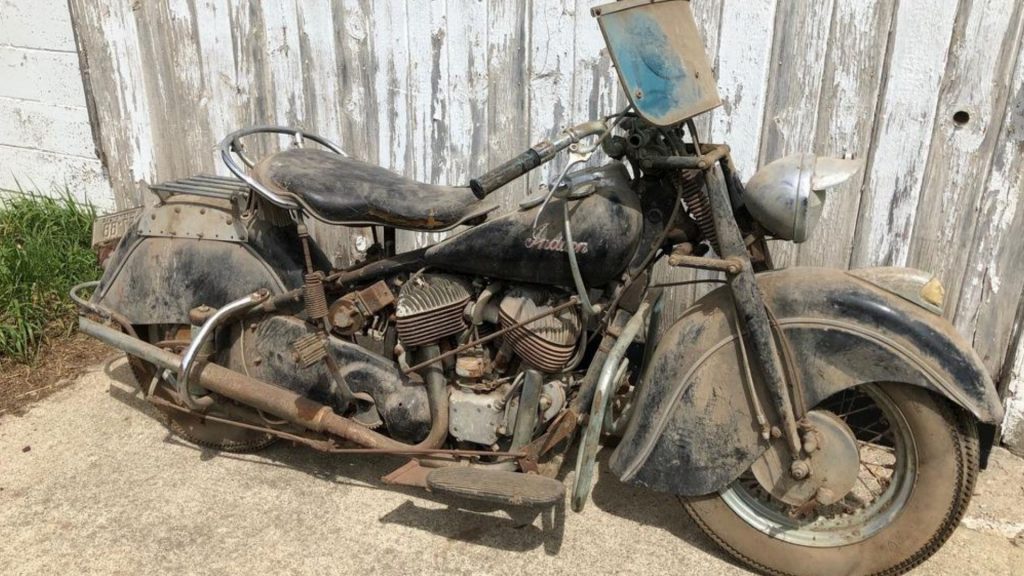
You’ve just found yourself a great ‘shed find’ bike. You’ve been looking for one like this for ages, and you’ve just scored it for a great price. With a little mechanical love and affection, you should be able to get it back on the road in a few months. But what about the tyres? Are they still OK? How old are they? What are the ‘used by’ dates for tyres? Well, I’m glad you asked.
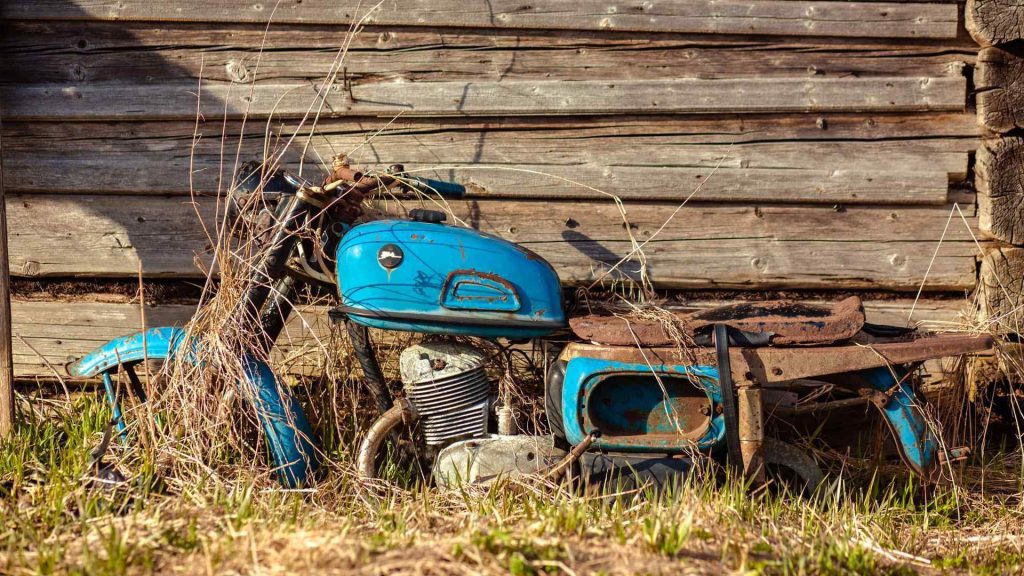
First, you’ll want to check the tyre’s tread wear indicators. Put simply, they are the little indicators all manufacturers include in their tyres to show you when a tyre’s tread depth (and therefore wear) is too low to continue riding. The concept is simple; if the tread wear indicator is at the same height as the rest of the tyre’s surface, they are done and dusted.
Now, you’ll need to check and see if the tyres are still OK to use in terms of their age. Like all rubber, if it’s left too long and exposed to too much UV, heat and moisture, it will begin to break down. Most tyres have their production date markers on their sidewall. A quick inspection of my current tyres shows that they were manufactured in 2017.
The makers usually stipulate that any tyre older than 10 years be replaced with a new one, so if the date on your barn find is older than 10 years, you know what to do. Also note that mixing old and new tyres—especially when one is worn and the other isn’t—is also a no no.
3. ‘Left Flat’ Tyres
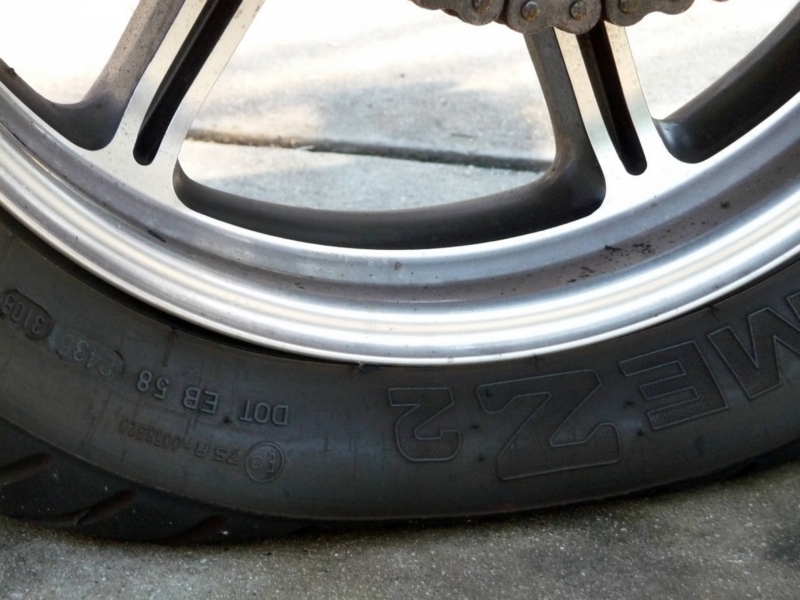
Imagining a similar situation to the example above, what if the tyres aren’t over 10 years old but they have been left flat for years? What else should you be looking for before you enter the bike into the next Isle of Man TT?
You’d start by doing a visual inspection of the tyre to make sure they aren’t damaged in any way. That should include checking for repaired punctures, sidewall damage, cracks in the rubber and general ‘that doesn’t look right’ stuff. Next, bring the tyres up to pressure and see if they are holding at the recommended amount of inflation.
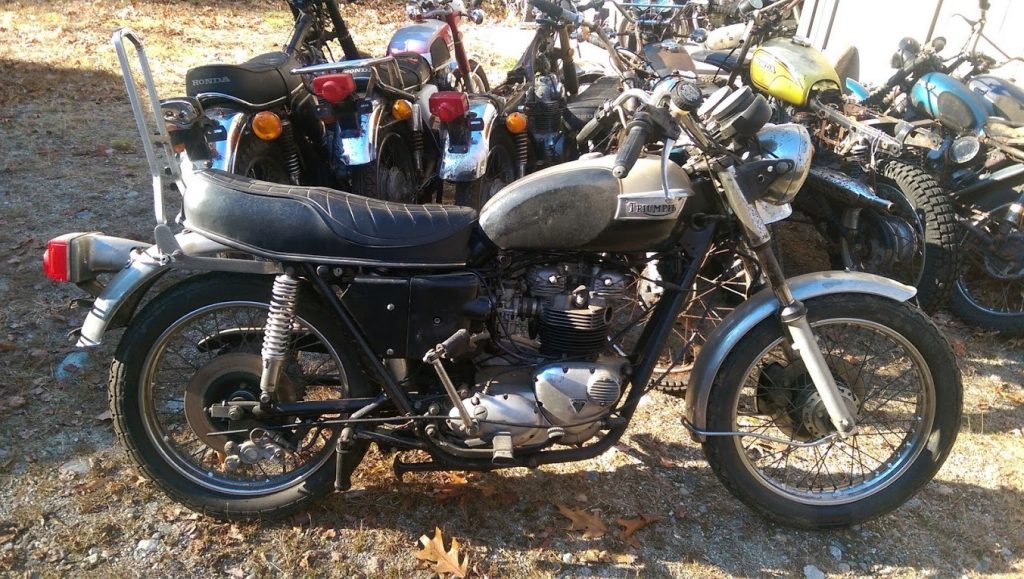
Assuming you’ve come back the next day and checked the pressures are OK, the only other step you need to consider is to ensure that the tyres aren’t ‘out of round’. This is pretty easily accomplished by riding the bike somewhere safe at a low speed to ensure the tyres are still ‘true’ and that they aren’t bulging or deformed.
Even though rubber is incredibly flexible and correct inflation should ensure that the tyre is perfectly shaped, there’s always a chance that a tyre that’s spent a decent amount of time flat may never be able to return to its original shape. This can make the bike vibrate at speed, or worse still, it may catch on something as it spins and fail catastrophically. Trust me when I say that would be a very, very bad thing.
4. Mixed Tyre Types
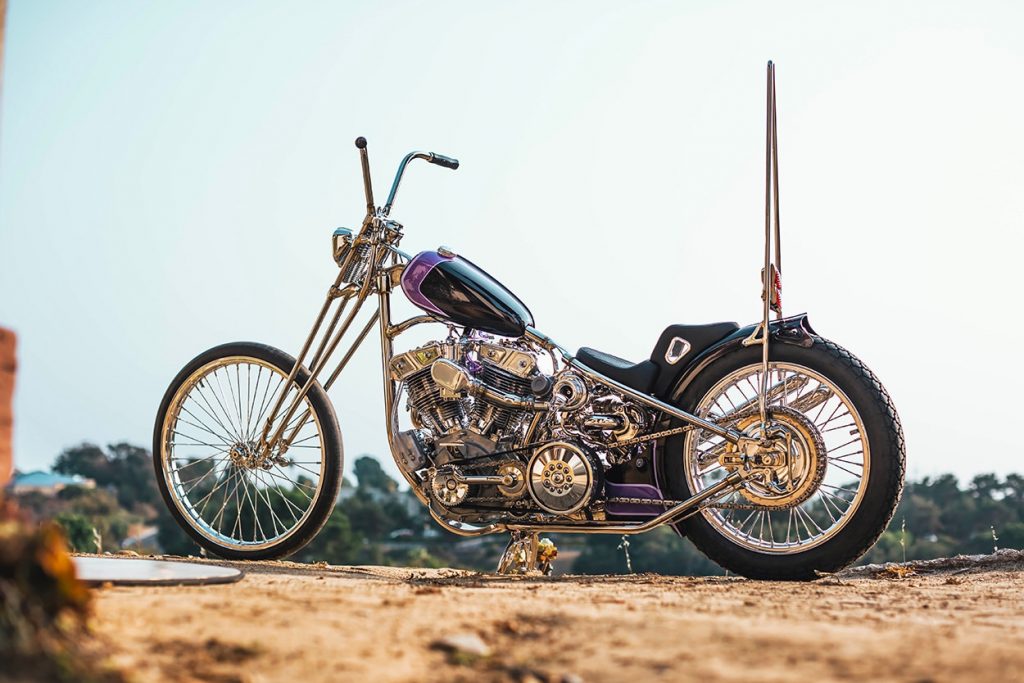
This one’s a lot more subtle than the first three. And probably a lot more controversial, too. Most manufacturers suggest that you don’t have different ‘types’ of tyres on your bike. Now in its most basic (and historical) form, this would mean that you shouldn’t mix bias tyres, bias belted tyres, or radial tyres on the same vehicle.
The reason they give here is that different tyre constructions tend to behave differently under side and peripheral forces—so by mixing two different tyre types, you might find that under heavy cornering or braking manoeuvres, the tyres are doing something completely different, to the point where the bike’s balance and handling is compromised.
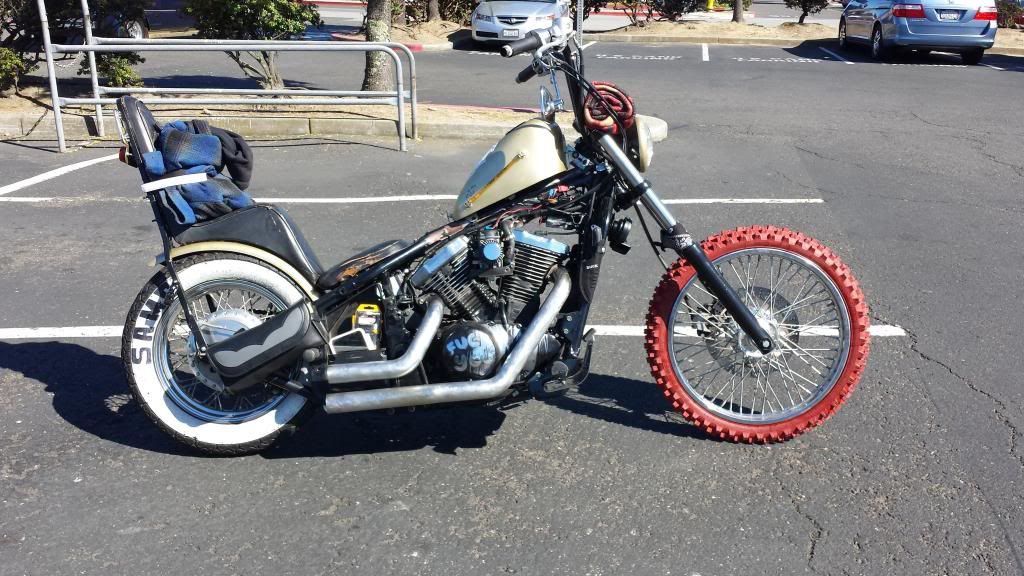
In a more subtle interpretation of the same principle, it is often also recommended that you don’t mix different tread patterns or brands. Now, while there is clearly some ‘we’re saying this so you can’t sue us and/or to sell more tyres’ rhetoric going on here, there is also some logic to their reasoning.
You can imagine that the tyre makers have seen it all, including bikes with one off-road tyre and one road tyre, bikes with mixed car tyres and bike tyres, and every other crazy combination you can think of along those lines. Sure, if you’re riding an original Harley chopper from the 60s and it’s impossible to get two tyres that match, then you’re going to have to just mix it up and hope for the best. But for the rest of us, it makes sense to match front and back wherever possible.
5. ‘Out of Round’ Tyres
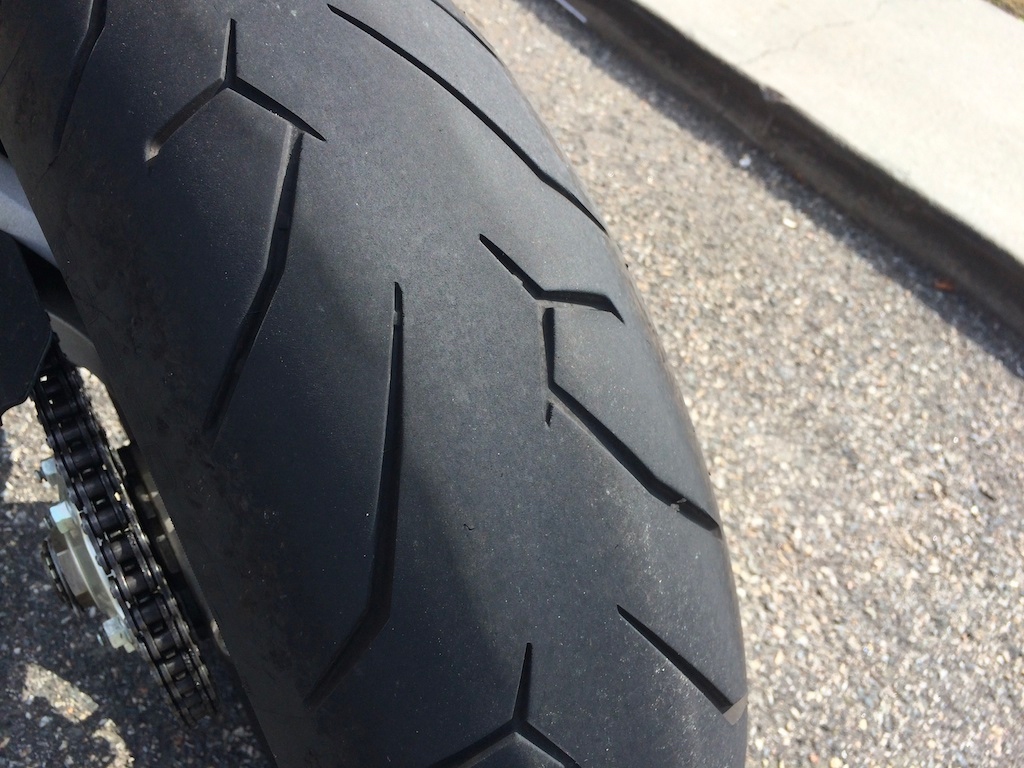
Yes, tyres that have been left flat for a few years might be ‘out of round’. But there are plenty of other situations that can cause similar issues.
Take, for instance, the fine art of the motorcycle burn out. A popular pastime to indulge in just before old tyres are changed over to new, there are plenty of riders who lack the self control or sense to limit their smoking habits to those times where it’s safer to do so.
Instead, that secondhand Suzuki GSX-R you just brought home might have had it’s rear tyre smoked extensively a few days before you picked it up, with the old owner knowing full well that it soon wouldn’t be their problem to deal with.
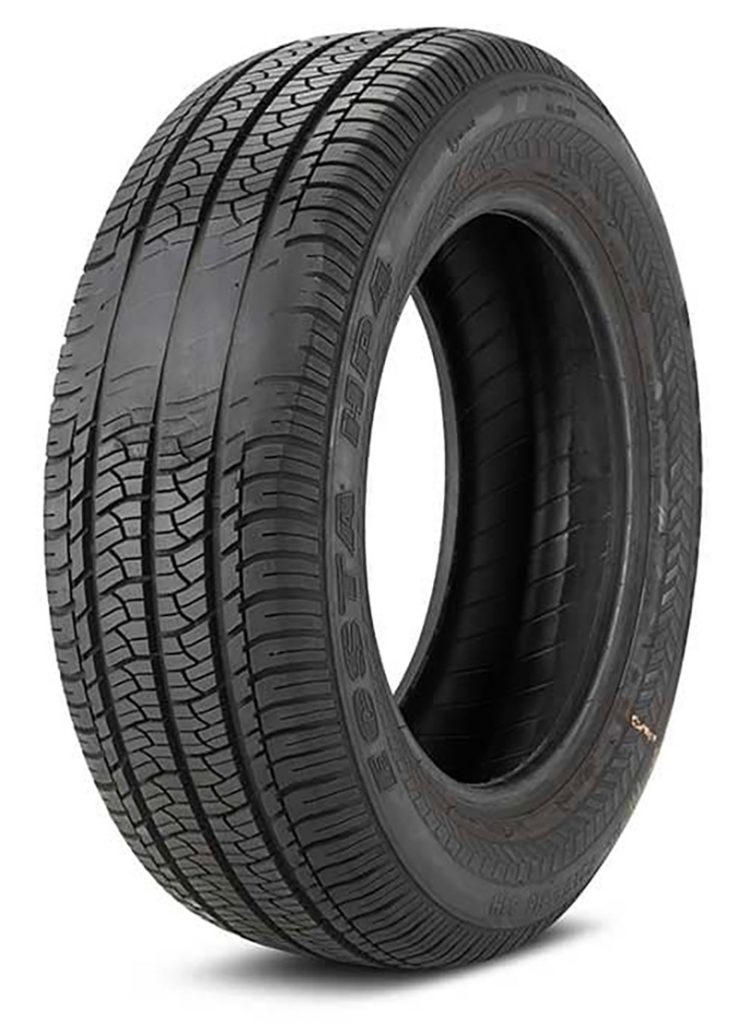
So an out-of-round tyre might mean that the tyre is flat at its highest point, thanks to a heavy right hand and some blue smoke. Of course, this won’t show on the tread wear indicators, as they tend to be positioned away from the central part of the tyre that’s taken off during burnouts. Make sure you check when purchasing a second hand bike that the centre of the tyre isn’t mysteriously flat.
Another related issue can be flat spots created on the tyre due to rear wheels being locked up during heavy braking, grinding away one particular part of the rubber unevenly. Braking flat spots manifest themselves as vibrations or oscillations that will increase in severity the faster you ride. There’s a Harley joke here that I won’t touch for brevity’s sake—but if you suspect you have a flat spot, get a tyre pro to inspect it as soon as possible.
Note: Never second guess things when it comes to motorcycle tyres. If you have any doubts as to whether or not your rubber is OK, get straight to a professional moto tyre store and let them take a look. Yes, tyres can be expensive and there’s nothing worse than an unexpected bill for new rubber when you can’t really afford it. But two new tyres on your bike are a relatively cheap way to avoid an expensive visit to a hospital. Please ensure your rubber is up to scratch—and as always, ride safe.

